I have always loved the stories, ever since my mum read the Tale of Mrs Tiggywinkle to me as a child. Many children and adults will be familiar with Peter Rabbit and his escapades in Mr McGregor’s garden, and perhaps not so familiar with Tales such as The Tale of Pie and the Patty-Pan. Perhaps even less familiar are we that many of the illustrations represent not only Beatrix Potter’s love of gardens and indeed her own garden at Hill Top, near Hawkshead in Cumbria but also of the village of Near Sawrey where she lived.
For many years the family holidayed at Dalguise in Scotland, but when this was no longer available they turned their attention to the Lake District. Close to Scotland and with similar breath-taking landscapes and water, it was here that the shy Beatrix Potter’s heart found happiness. For the rest of her life, Potter became a prominent figure in the Lake District, not only as a writer and illustrator, but as a gardener, landowner, sheep breeder, agriculturalist and wife. She described in later years London as her ‘unloved birthplace’ and both her and her brother Bertram found solace in the fresh air, surrounded by beautiful landscapes. Hill Top in near Sawrey, just to the West of Windermere was purchased with the money she had received in royalties from her early books, published by Fredrick Warne. After the untimely death of her fiancée, Frederick Warne, she bought Hill Top within two months and set about transforming it into the home and garden she had dreamed of for so long. Hill Top was and still is a warm and cosy 17th century cottage, which is part of a larger estate and far, set in some 30 acres.
She surrounded herself with colour and beauty and many of the nooks and crannies of her garden as well as the village can be seen in her books: Her vegetable patch became Mr McGregor’s Garden and Jemima Puddleducks hiding place for her eggs, her front door with its foxgloves and roses and the long front path with its deep borders and trellis work was featured in The Tale of Tom Kitten. Yet, increasingly she threw herself into life as a countrywoman, breeding a fine stock of Herwick Sheep, showing at Agricultural shows, buying farms and large areas of Lakeland to ensure its survival and preservation away from modern developments. Her friendship with Hardwicke Rawnsley, one of the founding members of The National Trust was also key in ensuring the preservation of so many thousands of acres of land.
She later said that this was how she wished to be remembered – as a countrywoman and wife. It seems that these were, in the end, more important to her than her writing and illustrating. Beatrix Potter died on 22 December 1943, following bronchitis. There were to be no flowers or mourning and her ashes were scattered above Hill Top. At her death she owned 15 farms, several cottages and around 4000 acres of land which went to the National Trust. Standing on the hillsides surrounding Hill Top, looking over to Windermere it is easy to see why Beatrix fell in love with the Lakes. I’ve always felt much abler to write and read when in the countryside, there is something incredibly therapeutic and humbling about being surrounded by such vast swathes of countryside, mountains and water. For me, I always feel like I’ve been transported into another world when I turn off the M6, and even to another era. Standing in the garden of Hill Top, it's almost hard not to expect her to appear from the cottage as you hear the crackle of the range and the old Grandfather clock chime twelve. For The Adventure
Hill Top is owned by the National Trust and open to the public. Situated in the village of Near Sawrey near Hawskshead. There is a small car park in the village (which used to be Potter’s orchard) with a short walk to the cottage. It is suitable for families, but take note that entry is by timed ticket and the cottage is small, so it’s worth getting there early. The garden is at its best in late Spring and Summer. The small village also has many places of note which are also featured in Beatrix Potter’s Books such as Buckle Yeat and the Tower Bank Arms, as well as Castle Cottage which can been seen from Hill Top across the field opposite. http://www.nationaltrust.org.uk/hill-top Nearby Wray Castle is where she spent some summer holidays with her family and can be visited on the same day as Hill Top given enough time. http://www.nationaltrust.org.uk/wray-castle
1 Comment
Stott Park is now the only surviving example of a working bobbin mill. The Lake District was a perfect area for bobbins mills which fed the busy industrial cotton mills in Lancashire, which the area was then part of. The area suited the mills perfectly with a good source of power from the many streams and a constant supply of wood from coppiced woodland. The mill was given to English Heritage in the early 1970’s by the owners who had the foresight to see that not only was the mil not sustainable any longer but also that it should be preserved for future generations as a mark of Lakeland history. To fully see the mill you need to go on one of their guided tours which takes you around the main mill building. These run every hour from 10.30am. The two ladies who showed our group around were so knowledgeable and brilliant at explaining the history, answering questions and importantly showing us how the machines worked. Ahead of my arrival I didn’t know about the tours, I probably should have read my English Heritage members guide more carefully but I timed it well so we arrived just as it was starting. It took about 45 minutes to go around the main mill building and see each section on both floors as well see how three different original machines worked.
John Harrison who was part of an established local family advertised for a tenant to take on the recently constructed mill building in 1835. It remained in the family until around 1867, being let to varying tenant bobbin masters, who ran the mill as successful businesses. The Coward family, another local family from Skeltwith Bridge who, since the 1850’s, had already gained two other bobbin mills, took on the mill and continued to run it until it finally closed in 1971. The mill was built in 1835, and has lots of windows on the first floor to allow as much light as possible for those working. During the 1870’s and 1880’s when Coward family had taken it over, the mill had several extensions and additions. The new ground floor lathe shop and the steam engine were the main elements of this modernisation of the mill. Stott Park was a mechanised mill where coppice poles were turned into finished bobbins and sent to the textiles industries throughout the world. I knew nothing of bobbin making before my trip and thanks to the fantastic guides I came away knowing so much! Several processes are involved in making a bobbin, and each man had his own job. many of the men working in the mill would have kept the same job for the time they worked there – some still working the job after 30 years! The first room had cobbled floors and as you enter the main building the floor is strewn with wood shavings, sawdust and every corner is filled with machines, tools, baskets of bobbins, swill baskets, piles of wood. It already seems like a busy working mill, but now imagine that at one time the mill would have had around 250 men and boys working there (and in its history one woman) and you start to imagine how cramped the working conditions must have been and how busy even this fairly small mill would have been on a daily basis. 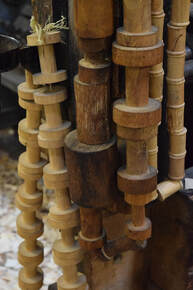 On the ground floor, you first come to the circular saws when the wood is chopped into the size pieces to make the bobbins. Also here is the blocking machine which came in later in the 19th century and also chopped the wood into smaller blocks. The engine room still houses the original steam power engine built between 1870 and 1880. At the rear of the building is the New Lathe Shop which was built in the 1870’s and allowed for more space and more machinery to increase production, it was the last major improvement to the original mill. Here there are several machines such as the hand boring machine which created the central hole in the lumps of wood. The rough lathe which turned the blocks into the rough size and shape of the bobbin. One of the guides demonstrated this and made several bobbins which she then took to the next stage which involved smoothing them and creating the finished shape and size on the finishing lathe.
The mill made bobbins of all shapes and sizes, and in one of the upstairs rooms there are many many bobbins on display showing the different shapes and sizes that were used in the textiles industry. The larger ones tended not to be made from one piece, but instead were made from several pieces joined together. As the years progressed and the demand for bobbins changed due to the use of plastic and metal, the mill expanded into making other products such as yoyo’s and spindles.
Child labour during the Victorian period was rife and the mill employed a number of children to do varying jobs. Some of the boys came from the local workhouse and some as young as 8 were employed until the Factory and Workshop Act of 1878. After this Act, boys of 10 were the youngest that could, in theory, work in any factory. There were jobs that the boys were mainly given to do such as putting on glue, sorting the bobbins, climbing into the rafters to fix machinery and oil the belts, carrying away sawn pieces of wood, boring holes in the wood and cleaning them out. The guide book tells of stories where children had accidents due to working with the machinery as well as the story of a boy who was sent on an errand across the fells in winter and never returned, dying from hypothermia. Outside, spend some time in the remaining barn which has a lot of information on the history of the mill. The drying barn is worth a look as is the old blacksmiths which was in a separate building to reduce the risk of fire with all the dry wood and sawdust flying everywhere in the main mill building.
I really do recommend taking a visit here and finding out about it for yourself. Around an hour is all you need for the tour and a walk around the barn and outside and so couple easily be combined with other adventures on your day out. We went onto to have a nice walk at Tarn Hows and then finish the day with a visit to Hawskhead and dinner there before heading home just as the sun was setting around 6.30pm.
Visiting The mill is now closed until the end of March but then reopens for the Spring and Summer season. Visit the English Heritage website for further details. http://www.english-heritage.org.uk/visit/places/stott-park-bobbin-mill/ Finsthwaite, Ulverston, Cumbria, LA12 8AX |
Archives
April 2019
Categories
All
|
Proudly powered by Weebly

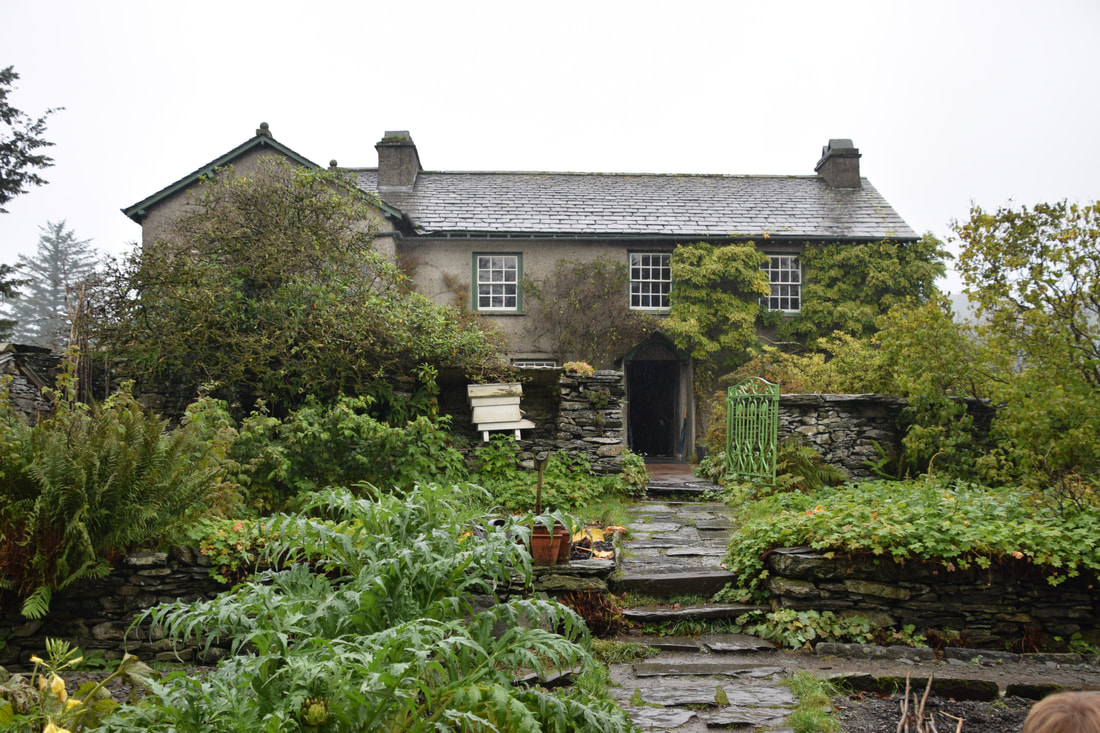





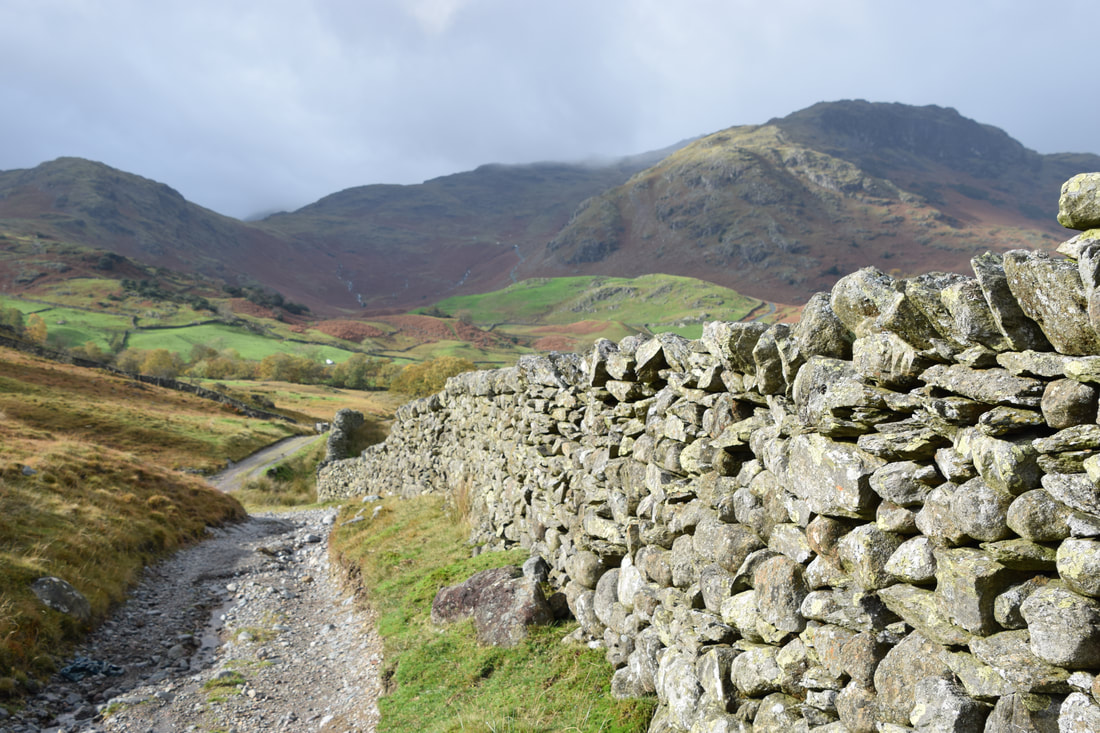





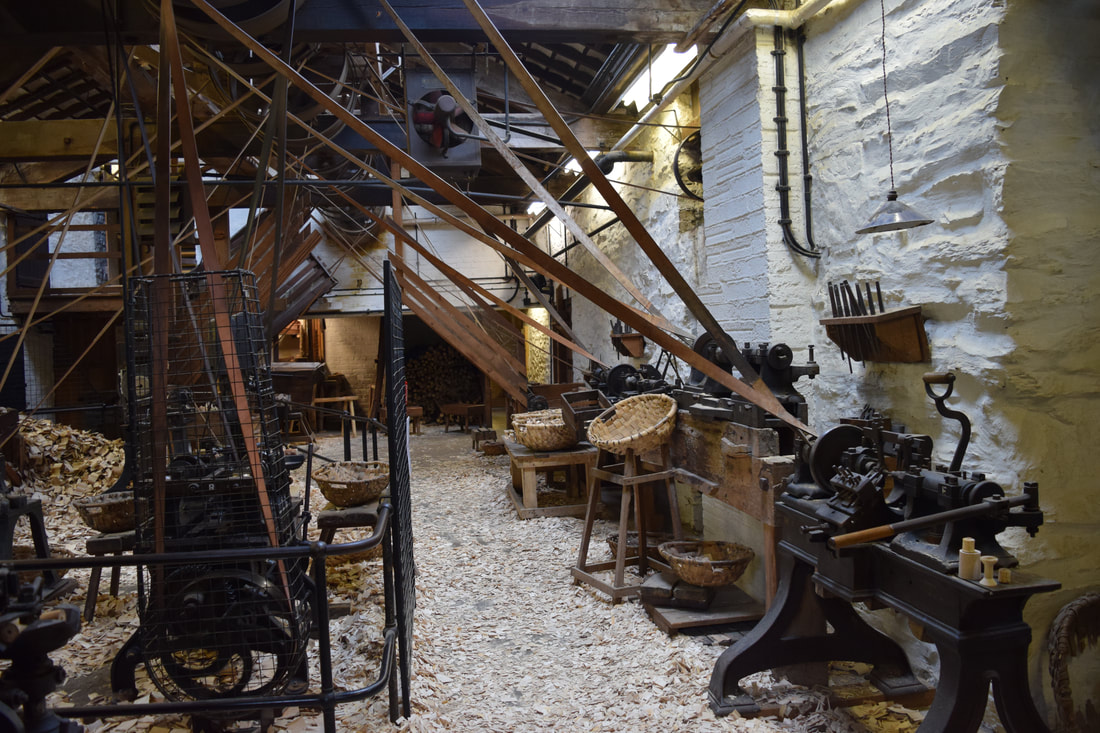





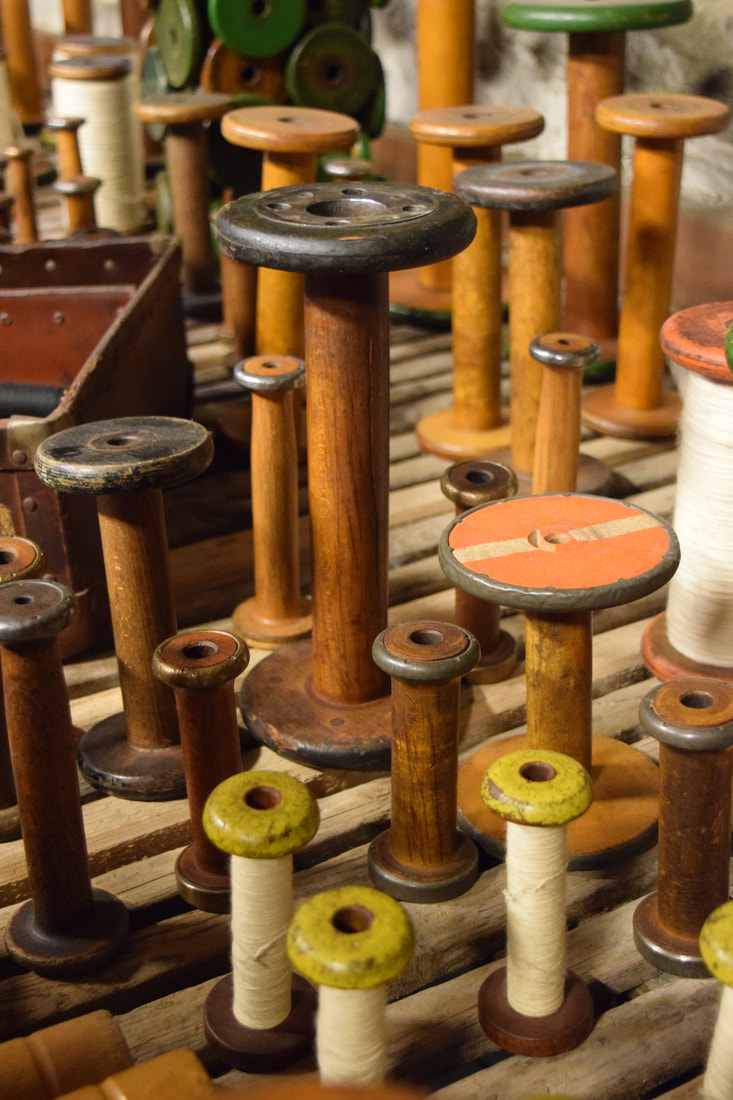

 RSS Feed
RSS Feed